The tamarind tree originates in Tropical Africa;As the old saying goes, "one hoe is worth two waterings" In potsTamarind tree health benefits and simple growing tips Tamarind, is a tropical tree with lots of health benefits, and other uses as well Definitely it is one of

Banana Trees Tips And Tricks For Tons Of Fruit Fastgrowingtrees Com
How to grow tamarind tree
How to grow tamarind tree-09 · I have a Tamarind tree which is about 10 years old and was growing well until a few months ago It has slowly started to drop it's leaves leaving the branch dry and dead looking it has started on one side and is now doing the same to the centre branches The tree is still holding the pods from the last season which was plentifulBest outdoors if grown in zone 10a11, find your zone here This tree requires % sunlight Depending on your location full sun is often best In the northern end of their grow zone Malabar Tamarind Trees should be brought indoors or protected during the winter months
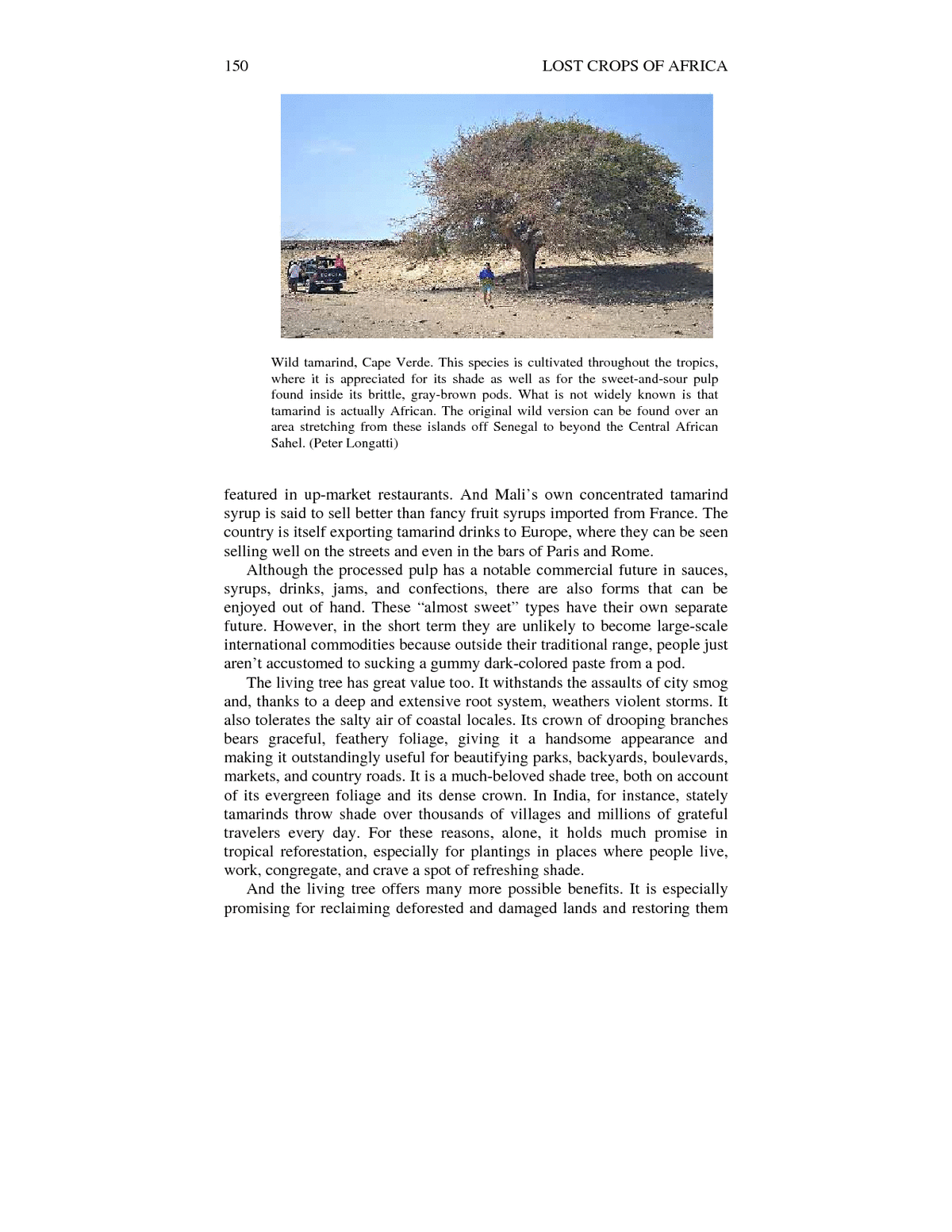


9 Tamarind Lost Crops Of Africa Volume Iii Fruits The National Academies Press
Starting at $6995 129 reviews Growing Zones 711 Up to 50% off Wintergreen Boxwood ShrubTamarind tree Hardiness Zone Hardiness zone of a plant is a geographically defined area in which, a particular type of plant is capable of growing according to the climatic conditions It also includes the ability to withstand minimum temperature of the zone Tamarind tree hardiness zone is 911However the tree cannot survive in water logged grounds When growing tamarind don't care about soil pH levels, this tree can grow in a pH ranging from 45 up to 9 How to propagate Tamarind on your farm Tamarind can be started by using both seeds and other vegetative means like cuttings The seeds usually germinate within a week
0412 · Growing tree tomatoes are cared for much the same as their tomato counterparts As with tomato plants, part of your tomato tree care will include plenty of water (though not standing water) In fact, it is helpful to mulch around the tree to retain moisture levelsWelcome everyone to yet another great video presentation from Agrosuede Backyard Gardening!How to Grow Tamarind Tree Growing Tamarind Balconygardenwebcom USDA Zone 9b to 11 Difficulty Easy Other Names Tamarindus indica, tamarindo, tamarin, tamarinier, tamarinier des Indes, tamarindier, tamarinde, sampalok, asam jawa, ambli, imli, chinch, makharm Tamarind tree is native to Africa and grows like a wild plant in Indian subcontinent
The tree appreciates deep, stony, welldrained soils Asphyxiating or superficial soils are not suitable for it It tolerates a slight salinity and prefers an acid pH around 55 The tamarind growing area is very wide with rainfall ranging from 400 (semiarid zones) to 1,400 mm (monsoon zones inThe Manila Tamarind is a fastgrowing tree that grows 45 to 60 feet tall The tamarind fruit can be eaten raw and it is often used in making sweet & sour drinks The Manila Tamarind tree also produces edible gum In the USA, it grows in California, Texas and Florida The flowers attract bees that produce a high quality honey · Soil and climate requirement for Growing Tamarind from seeds The tamarind tree can thrive in all varieties of soils But they are good in deep loamy soils and alluvial soil with rocky porous land The soil should contain pH level of 45 – 90 All the tamarind plants can survive under the temperature of 0˚C45˚C For the plant the rainfall



Mexican Tamarind At The Rancho En M Wikipedia Org Wiki Ta Flickr



Apple Trees Everything You Ever Wanted To Know Fastgrowingtrees Com
Late summer to fall Fruits A green pod that turns brown, to 10 cm long, the pulp that surrounds the seeds is edible;Tamarind tree has a acid climatic adaptability and can be grown in humid to dry hot regions It is very sensitive to frost The optimum rainfall requirement is mm, but can thrive in region with low annual rainfall of mmI just moved here and have a ft Tamarind in my front yard with plenty of seed pods It is next to a mango We had only one night below freezing Officially 31 but there was a skim of ice in the bird bath The mango was unaffected by the freze, but the Tamarind lost about 50% of the leaves in the top half of the tree


Best Fruit Trees To Grow In Florida 14 Easy To Grow Trees



Home Depot Organic Gardening
Tamarind trees are slow growing and can max out at a height of an impressive 25 meters with a circumference of 7 meters They have incredibly long lives and can live as long as three centuries The tree is native to Africa but is able to grow all across the world, commonly found in the Indian subcontinent, South America, Southeast Asia, and tropical locations in North America and AustraliaFt) tamarind trees growing right here in Jacksonville FL that suffered no damage in the 25 degree freezes we had this past winter What are the opinions of tamarind tree owners regarding this issue?The Tree Tamarind trees grow in tropical areas around the world In the Caribbean it is widely distributed It is a slow growing tree, long living and hardy It can grow up to 80 feet in height Under favorable conditions a mature tamarind tree's canopy might span up to 40 feet and have a trunk up to 25 feet in circumference



Top 13 Fastest Growing Trees Fastgrowingtrees Com



Tamarind Tree Growing Zone Page 1 Line 17qq Com
Have you ever wished you could enjoy homegrown lemons from your own lemon tree, without having to relocate to Florida or California?Fall to winter Habitat Typically found along the coast as an escape from cultivationThe tamarind tree is native to Africa, is from the bean and pea family, and is grown both as a fruit and shade tree Its yelloworange flowers are quite attractive The tamarind tree grows well in semidry tropical climate as well as in humid tropical areas It can develop up to 25m tall, with 3"Read more →


Planting Alternative Backyard Fruit Trees In Southern California Can Help Stop Citrus Threat Food Blog Anr Blogs



Beneath The Tamarind Tree Audiobook By Isha Sesay Rakuten Kobo
· The tamarind tree (Tamarindus indicus) originates from tropical Africa Grown worldwide in tropical and subtropical regions, their durable hardwood is valued for carpentry Tamarind is a signature street tree in Ho Chi Minh City, Vietnam Tamarinds have few pests but some beetle larvae will eat their seedTamarind tree grow and care – tree of the genus Tamarindus also known as Tamarindus indica, Tamarind tree perennial evergreen in cold weather become deciduous plant, grow for the edible fruits also used as ornamental plant and can grow as bonsai tree, grow in tropic, mediterranean or subtropical climate and growing in hardiness zone 10b and possible to grow with right overwinter care in hardiness zone 10a · Tamarind (Tamarindus indica L) is a tropical tree that is native to Africa The fruit, which develops in beanlike pods, is edible and used as a spice in many food dishes The tree can be propagated by seeds that are started indoors in pots



Tamarind Tree Fruit Page 2 Line 17qq Com



Tamarind Fruit Tree Sow Exotic
· Tamarind tree is native to Africa and grows like a wild plant in Indian subcontinent It's also grown across Southeast Asia, South America and tropical parts of Australia and North America Information about Tamarind TreeUSDA Zone 9b to 38 °C (25 °F) USDA Zone 10a to 11 °C (30 °F) USDA Zone 10b to 17 °C (35 °F) USDA Zone 11 above 45 °C (40 °F) Where to Grow Grow outdoors yearround in hardiness zone Danger N/A Bloom Color Rose/Mauve Pale Yellow Bloom Characteristics This plant is attractive to bees, butterflies and/or birds Bloom Size Unknown Tell usTamarind tree (Tamarindus indica) learn and get advice on how to grow, care, plant, water, unprop



Small Tamarind Page 1 Line 17qq Com



How To Build A Tropical Greenhouse In Cold Climates Year Of The Durian
In this weekend's video presentation I will give you a long await · It has also been called tree tomato, If your mouth is watering now and you think you would like to have a go at growing your own tamarillos, here areThere are Not Available varieties of this plant, among which some popular species are Sweet Tamarind, Australian tamarind, Manila tamarind, Velvet tamarind, Spanish Tamarind This plant's habitat is Subtropical climates and Tropical regions and it comes in the hardiness zone 911



Planting Tamarind Tree From 100 Seeds My Family Projects Youtube
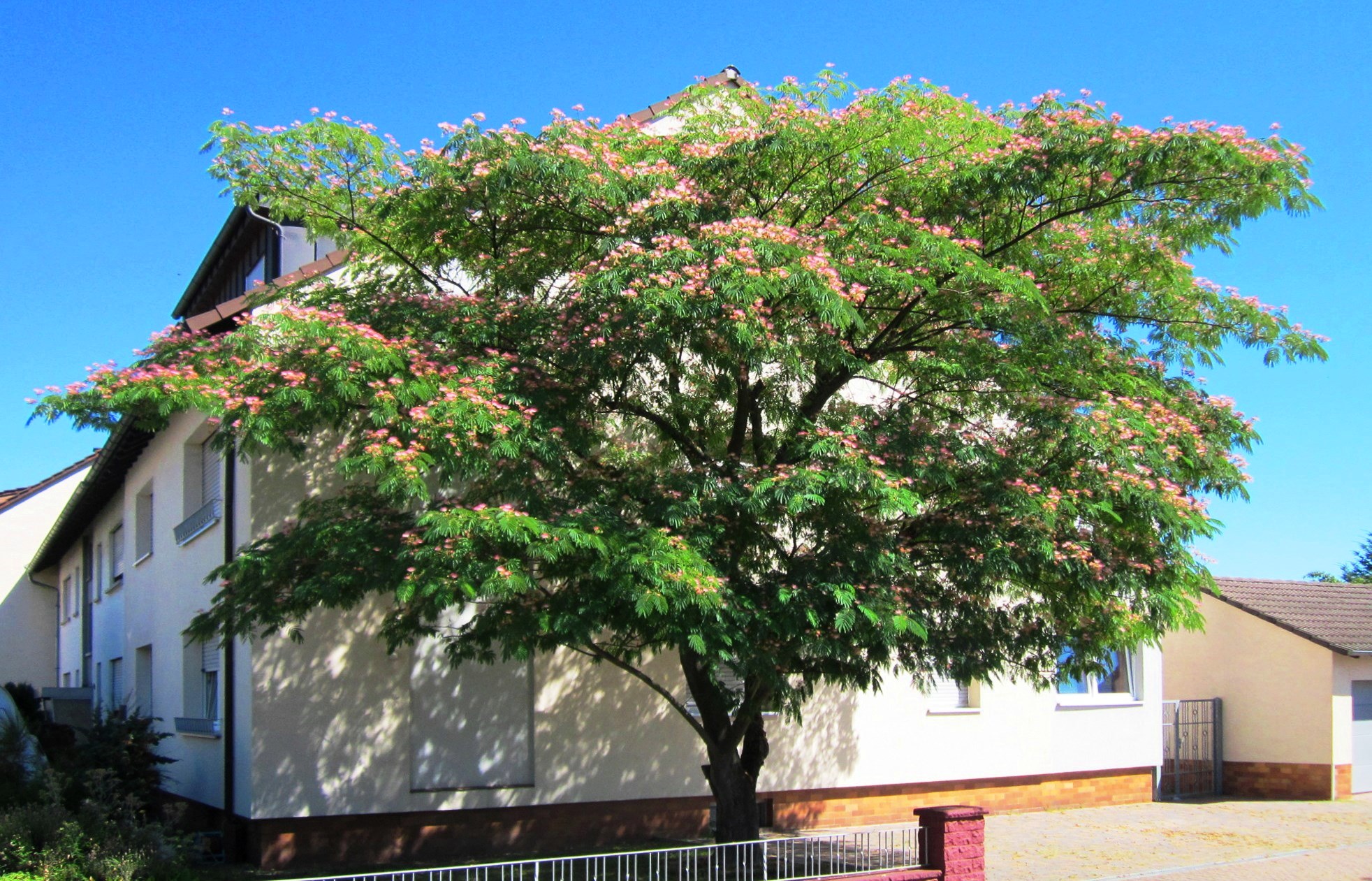


Albizia Julibrissin Wikipedia
The tamarind, a slowgrowing, longlived, massive tree reaches, under favorable conditions, a height of 80 or even 100 ft (2430 m), and may attain a spread of 40 ft (12 m) and a trunk circumference of 25 ft (75 m) It is highly windresistant, with strong, supple branches, gracefully drooping at the ends, and has darkgray, rough, fissured barkI figure that it just needs some extra light and heat to mimic its natural environment I want to get some plant heatpads and also build an indoor green house with the grow lights, since a few of my other projects like the pomegranate aren't growing as well as I'd like them to either · Growing jacaranda trees is mostly a matter of having the right environment, as they're strictly southern trees that thrive in Florida and parts of Texas and California Gardeners living further north often have success growing jacaranda as a large houseplant and they have been known to make spectacular bonsai specimens Jacaranda Tree Information



Leucaena Leucocephala Tropical Forages
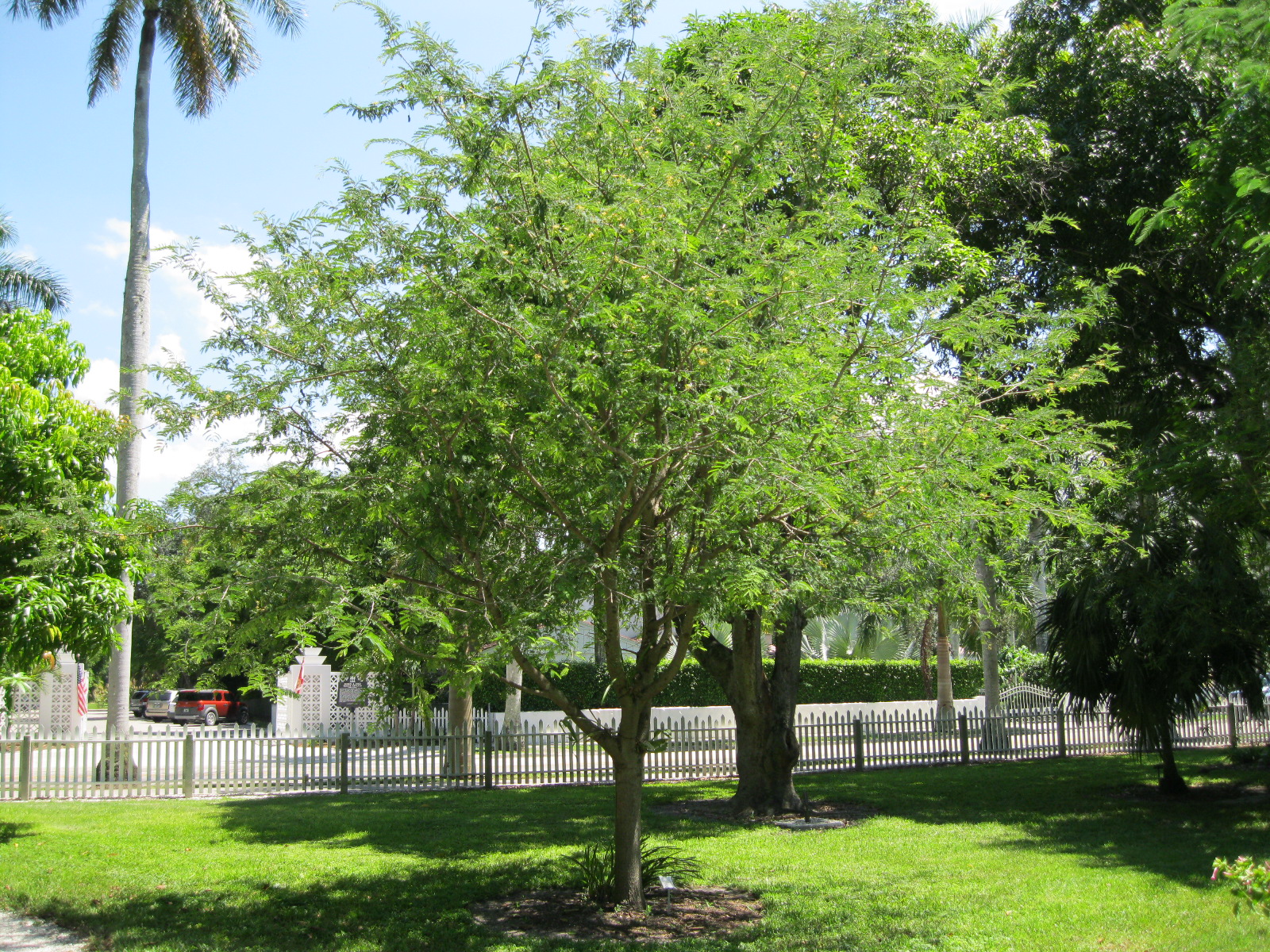


Name That Plant Win That Plant Xii Answer Tamarind Edison And Ford Winter Estates
· Climate Required for growing Tamarind trees This can survive in any kind of climatic conditions from 0 °C to 46 °C It grows well in semiarid tropical regions with an average annual rainfall of 5 centimeters to 15 centimetersDon't worry if it looks like the seeds are growing the wrong way It's normal for the seeds to poke up far above the soil level That's how they grow At this stage you should remove the plastic wrap Put you tamarind in a warm and sunny window Water when the soil gets dryBark Medium to dark gray, lightly fissured Flowers Yellow, pealike, the petals show red streaks;



Bonsai Starting Bonsai Tamarind Trees From Seeds Part 3 Growing Tamarind Youtube
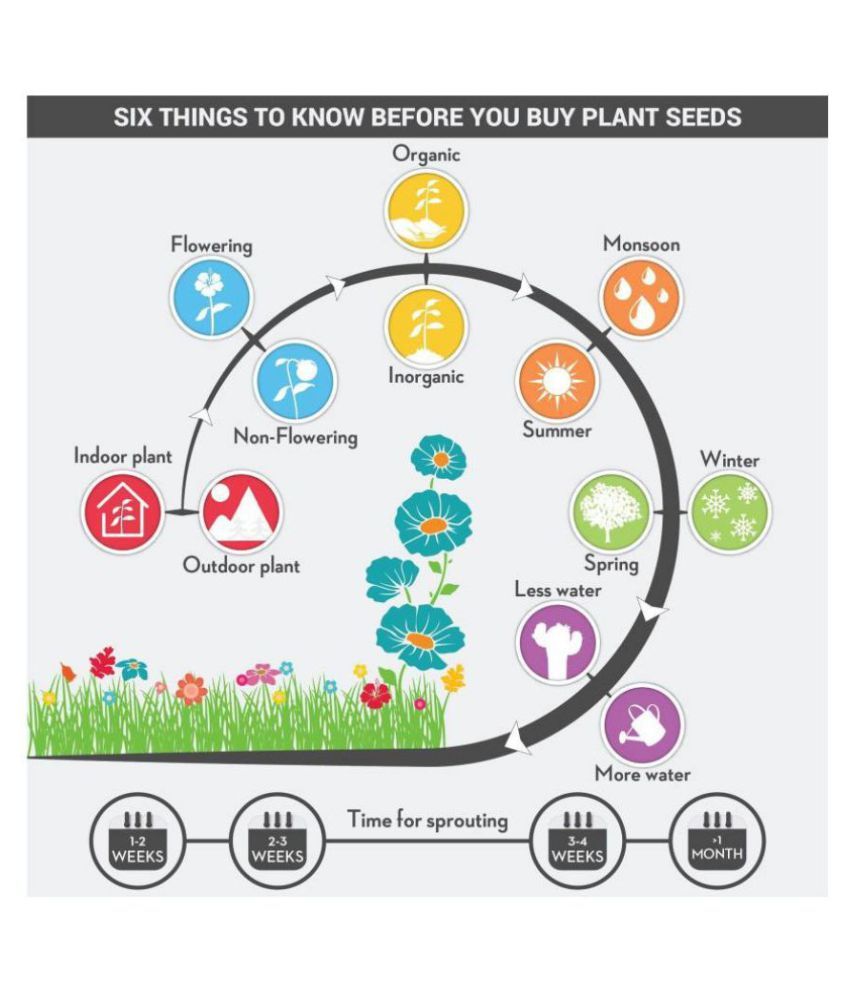


Fruit Seeds Tamarind Tree Seeds Fruit Seeds For Home Garden Organic Bonsai Suitable Fruit Seeds Kitchen Garden Pack Buy Fruit Seeds Tamarind Tree Seeds Fruit Seeds For Home Garden Organic Bonsai Suitable
The tamarind tree (Tamarindus indica) is grown as a commercial crop in warm climates, and it's also grown for its value as a large shade tree Although its native habitat isAbout sweet tamarind trees The tamarind, a longlived, massive tree reaches, under favorable conditions, a height of 80 or even 100 feet with a spread of 40 feet and a trunk that can reach a circumference of 25 feet Highly wind resistant, the strong supple branches droop gracefully at the ends are blanketed in a mass of bright green fine, feathery foliage composed of narrow 3 to 6 · These slowgrowing, longlived trees can reach 80 to 100 feet tall and 40 feet across, and can live for 0 years Even if you don't live where you can grow tamarind, you can usually buy tamarind paste and frozen concentrate at Asian grocery stores
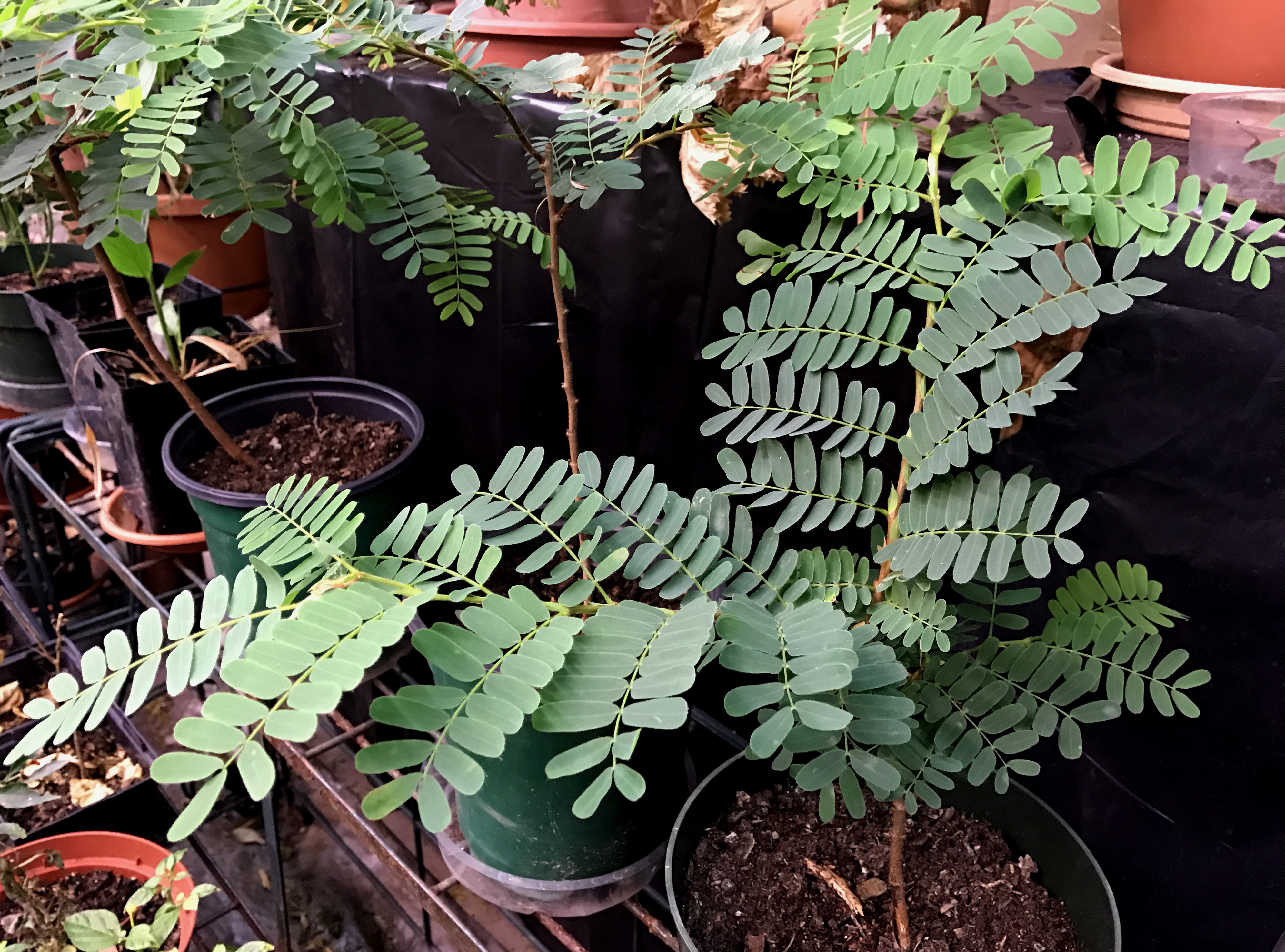


Growing Tamarind From Seeds Petals And Wings
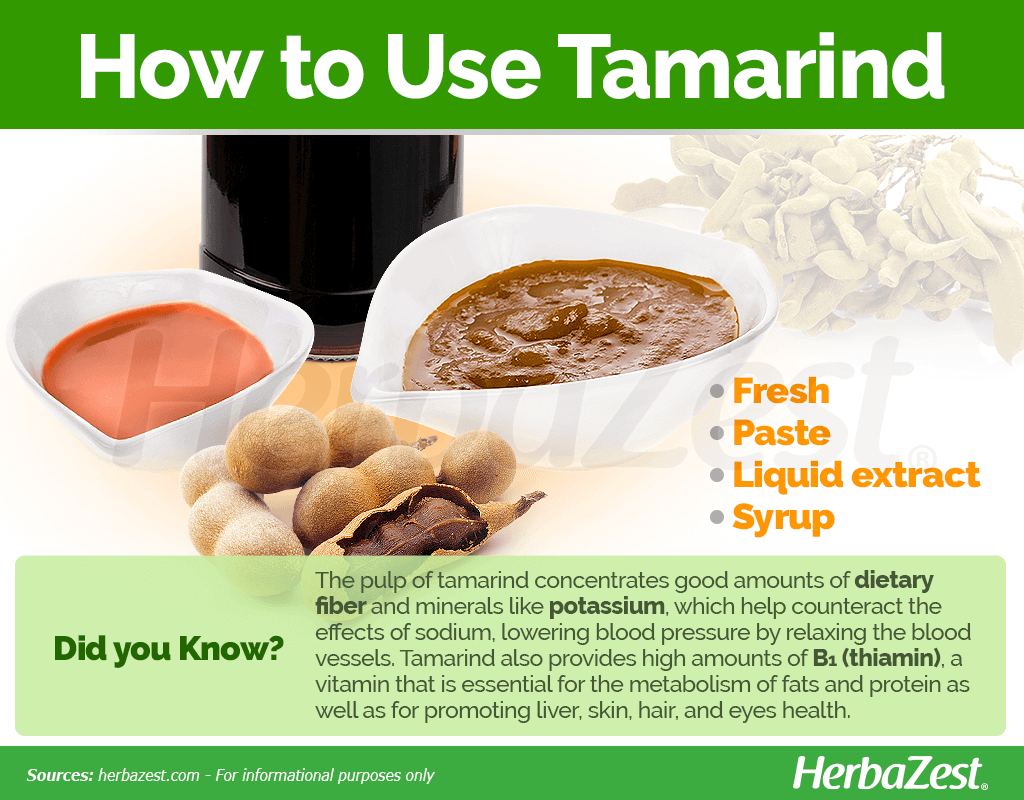


Tamarind Herbazest
Here's good news for you –In Jerrys kitchen, Tamarind (Tamarindus indica) is just as important as garlic or chilli, but to Jerrys surprise, he has found one growing well as a street tree in a very urban setting in Brisbane · Learn Growing Tamarind Bonsai from seeds – read tips Tamarindus indica, the common tamarind tree is an ideal plant for making bonsai The tree needs bright sunlight and grows well in almost all soil types Commonly found in African as well as South Asian countries Usually the Tamarind trees are cultivated for shade, food and medicines


Tamarind Indica Tree



Characteristics Of Tamarind Tree Tamarindus Indica In The Wild Names Of Trees
· Lemon Tree Growing Zones January 11, 21 / Growing Citrus Trees Hey, lemonlover!Growing and caring for the tamarind tree In the ground Remove weeds at the foot of the young plants or hoe during the dry period to break the capillary action;Tamarind Tree Planting Where to Plant It?



Amazon Com Tamarind Plant For Sale Tropical Fruits 1 Tamarind Plant Exotic Fruit Plant Garden Outdoor



Tamarind Tree Fruit Page 1 Line 17qq Com
This slowgrowing, tropical tree reaches 90 feet tall and produces pale green leaves, yellow spring flowers and brown seed pods in the late spring and early summer Hardy in US Department of Agriculture plant hardiness zones 10 through 11, the tamarind requires full sun and fastdraining, slightly acidic soil4 rijen · · If you live outside of the Tamarind's recommended growing zones 911, place your tree in aGrowing swiftly and gracefully to 50 feet in height and width, it's now cultivated for its form and shade The tree's large trunk can reach 3 feet in diameter Smooth young bark matures into rough, scalelike plates that welcome bromeliad's air roots Wild tamarind prefers full sun and moist, welldrained, lownutrient soil



Distribution Patterns And Density Of Tamarind According To The Download Scientific Diagram


Tamarindus Indica Tamarind Tree 10 Seeds Buyrareseeds
I specially like to hear from tamarind tree owners that live in the zoneMost will survive a very light frost and quickly return to normal in spring In the northern end of their grow zone Sweet Tamarind Tamarindus Indica trees should be brought indoors or protected during the winter months When you receive your new · Tamarind requires semiarid, tropical conditions in which to grow States and regions growing the fruit include Bihar, Orissa, Karnataka, Andhra Pradesh, Madhya Pradesh, Kerala, Uttar Pradesh, Maharashtra, Tamil Nadu, and the lower Himalayas



Tamarind Tree How To Grow Care



Usda Hardiness Zone Map Fastgrowingtrees Com



Dallas Texas Outdoor What Is This Tree Growing In Dallas Texas It Has Some Brown Fruits Seedpods On It It Almost Looks Like Tamarind Whatsthisplant
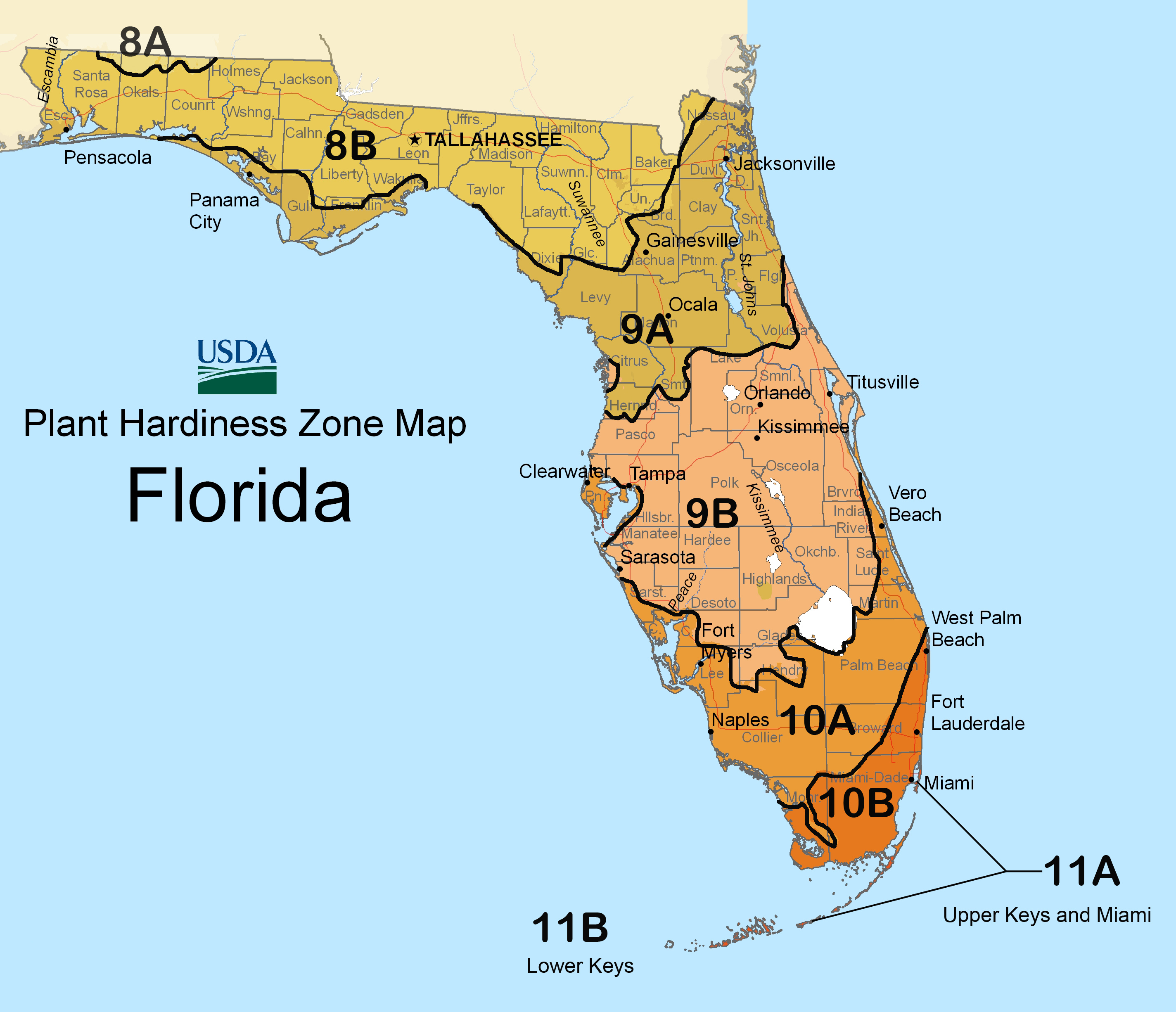


Ffl Butterfly Gardens



9 Tamarind Lost Crops Of Africa Volume Iii Fruits The National Academies Press



Best 3 Caring Tips For Tamarind Plants Garden On Top



Mimosa Tree Bonsai Touch Me Not Bonsai Mimosa Touch Tree Bonsai Mimosa No Bonsai Mimosa Notbonsai Touch Tree Tre Mimosa Tree Bonsai Growing Tree
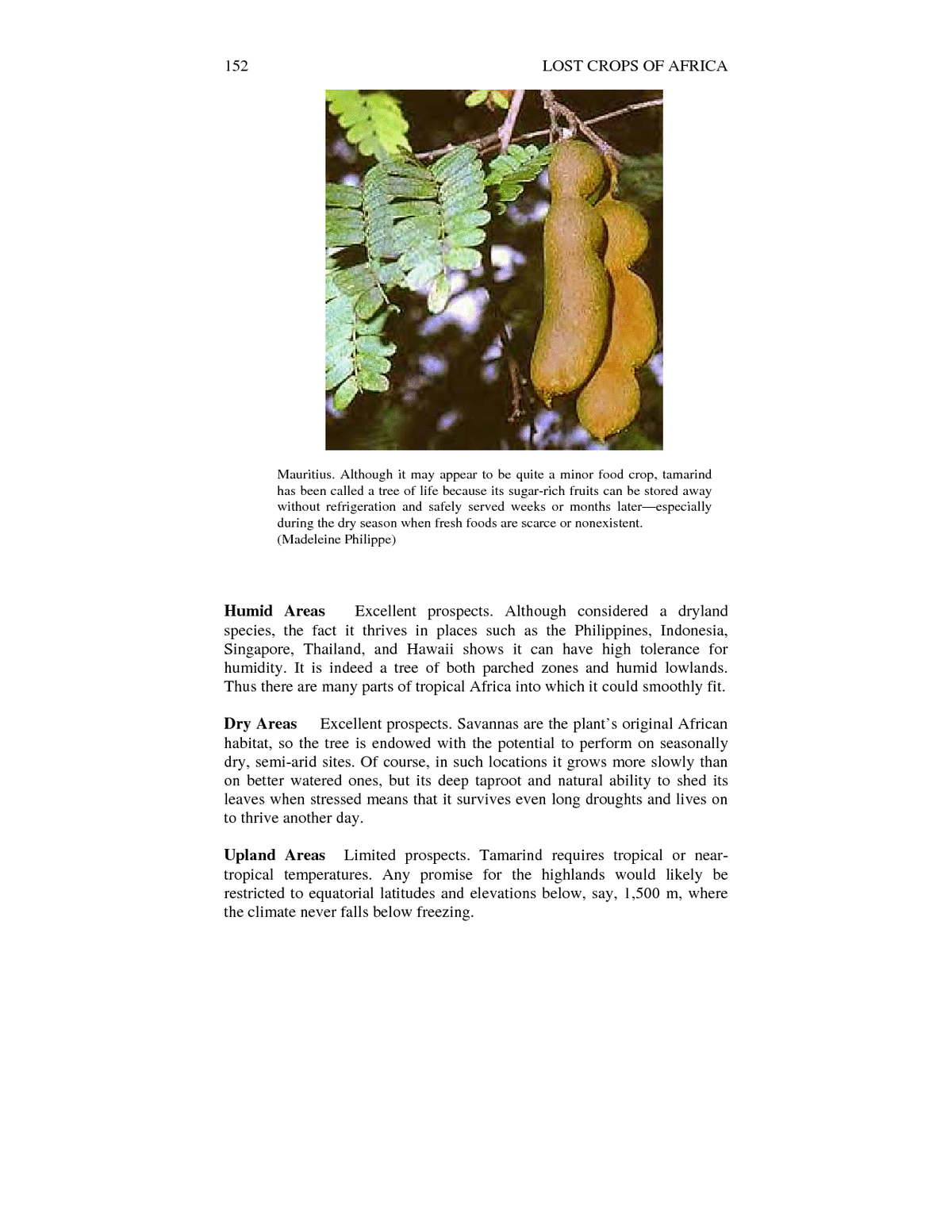


9 Tamarind Lost Crops Of Africa Volume Iii Fruits The National Academies Press



Tamarindus Indica 10 100 Seeds Tamarind Fruit Ornamental Tree Edible The Plant Attraction



Tamarind Tree Fruit Page 1 Line 17qq Com
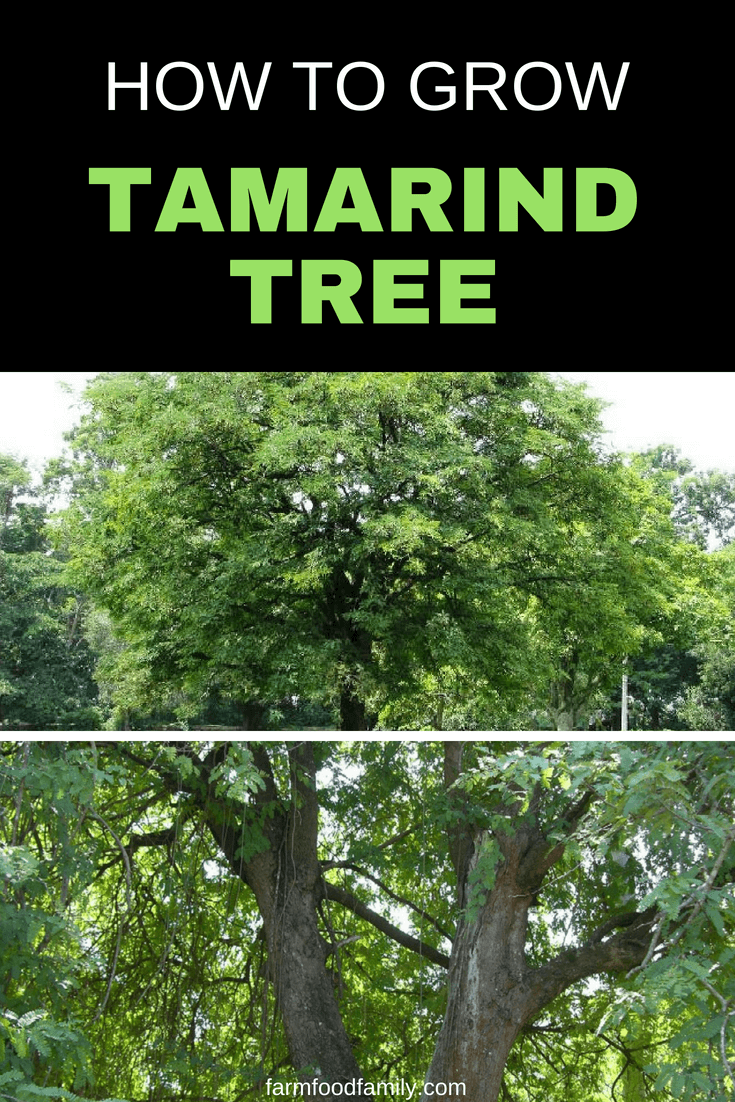


Tamarind Benefits And How To Grow Tamarind Tree Farmfoodfamily
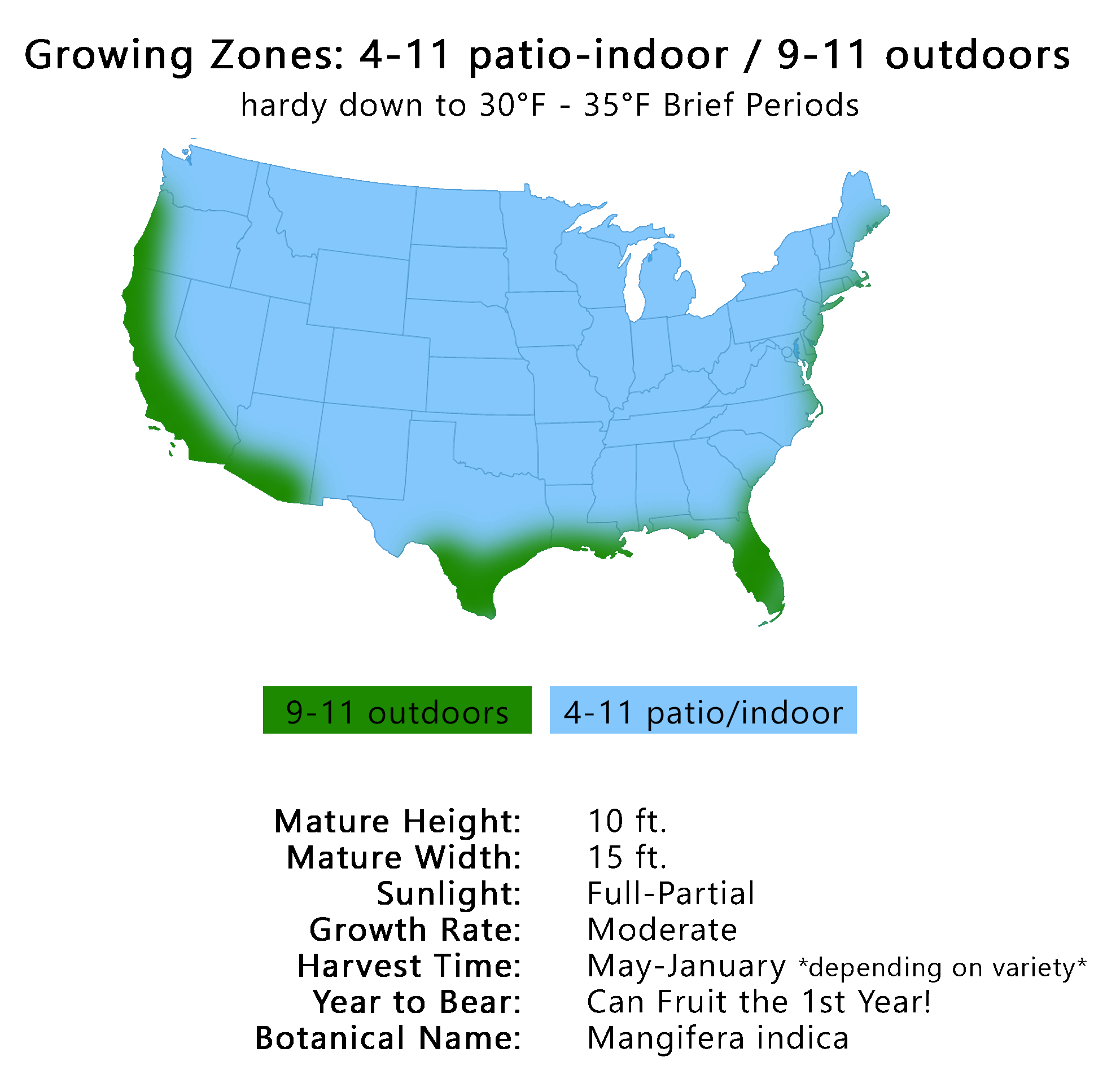


Maha Chanook Mango Tree



How To Grow Tamarind From Seed Germinating Tamarind Seeds Youtube



Tamarind Tree Nature Green Fresh Free Image From Needpix Com



Banana Trees Tips And Tricks For Tons Of Fruit Fastgrowingtrees Com



Tamarind Tree 10 Seeds Seed Bonsai Tamarindus Indica Hirt S Gardens



How To Grow A Tamarind Tree From Seed Diy Video Youtube



Evergreen Trees Everything You Ever Wanted To Know Fastgrowingtrees Com



How To Grow A Tamarind Tree Tammy The Tamarind Youtube



Domestication Of Indigenous Fruit Trees Springerlink



Florida Fruit Trees
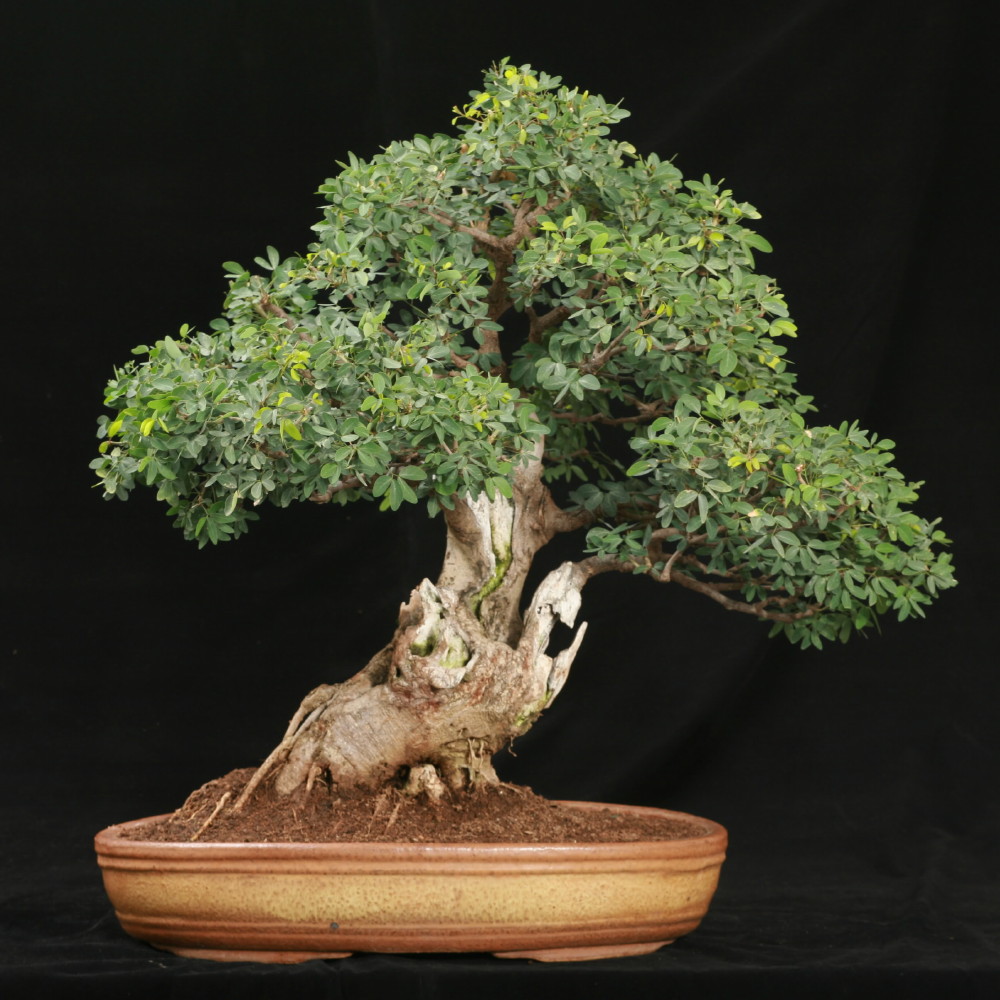


Tamarind Tree 10 Seeds Seed Bonsai Tamarindus Indica Hirt S Gardens



Tamarind Flower Tamarindus Indica



Jujube Tree How To Grow Care



Amazon Com Wild Tamarind 15 Seeds Leucaena Leucocephala Fast Grower Multi Purpose Blooms All Year Rare Unusual Tropical Plants Nitrogen Fixing Garden Outdoor
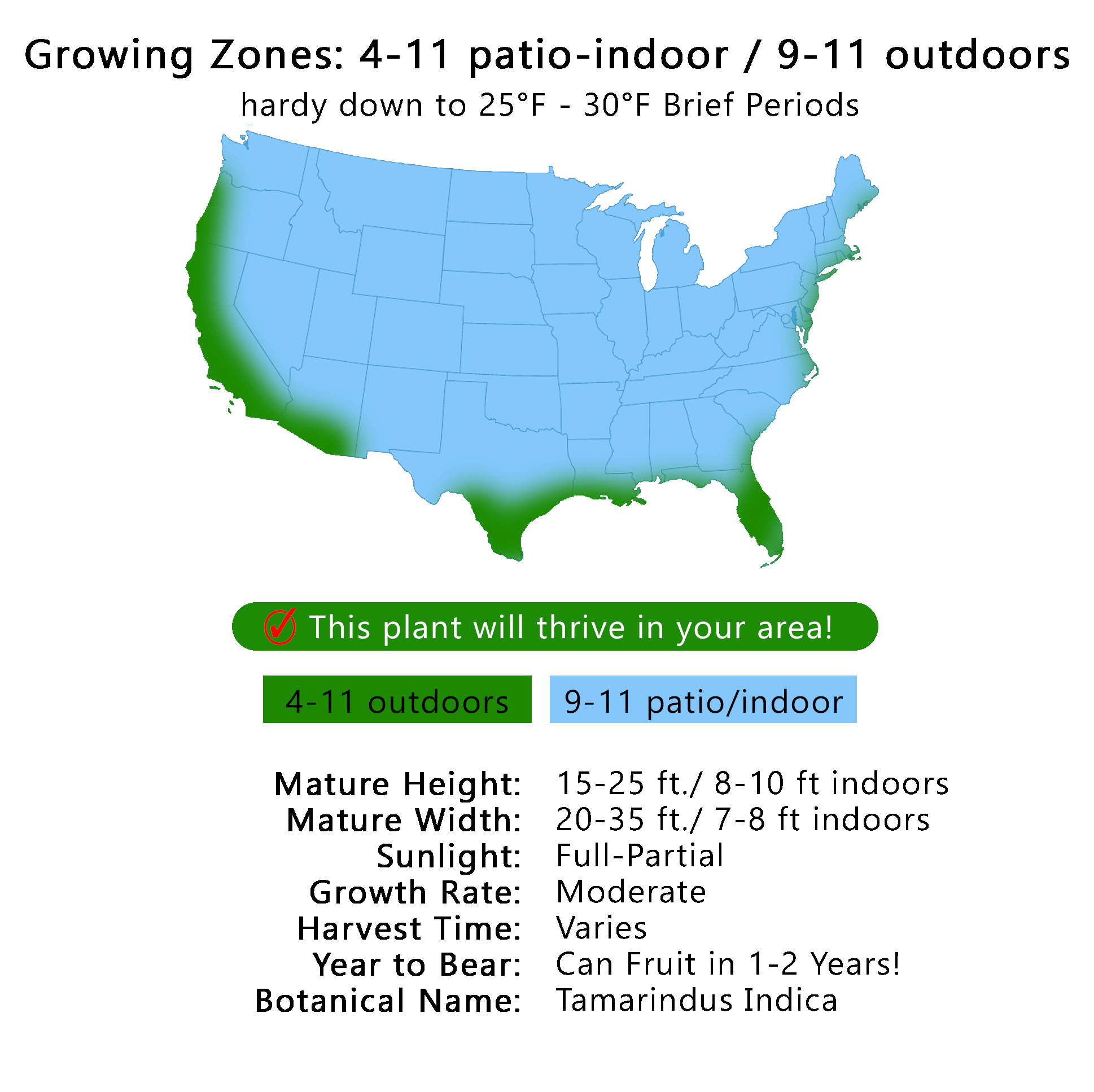


Tamarind Tree



Growing Grapes In Containers How To Grow Grapes In Pots Care Balcony Garden Web



Characteristics Of Tamarind Tree Tamarindus Indica In The Wild Names Of Trees



Plant Care 101 American Holly Tree Fastgrowingtrees Com


10 11 Year Old Tamarind Grown From Seed First Fruit Just Popped Up Never Pruned Or Styled Bonsai



Date Palm Tree How To Grow Care
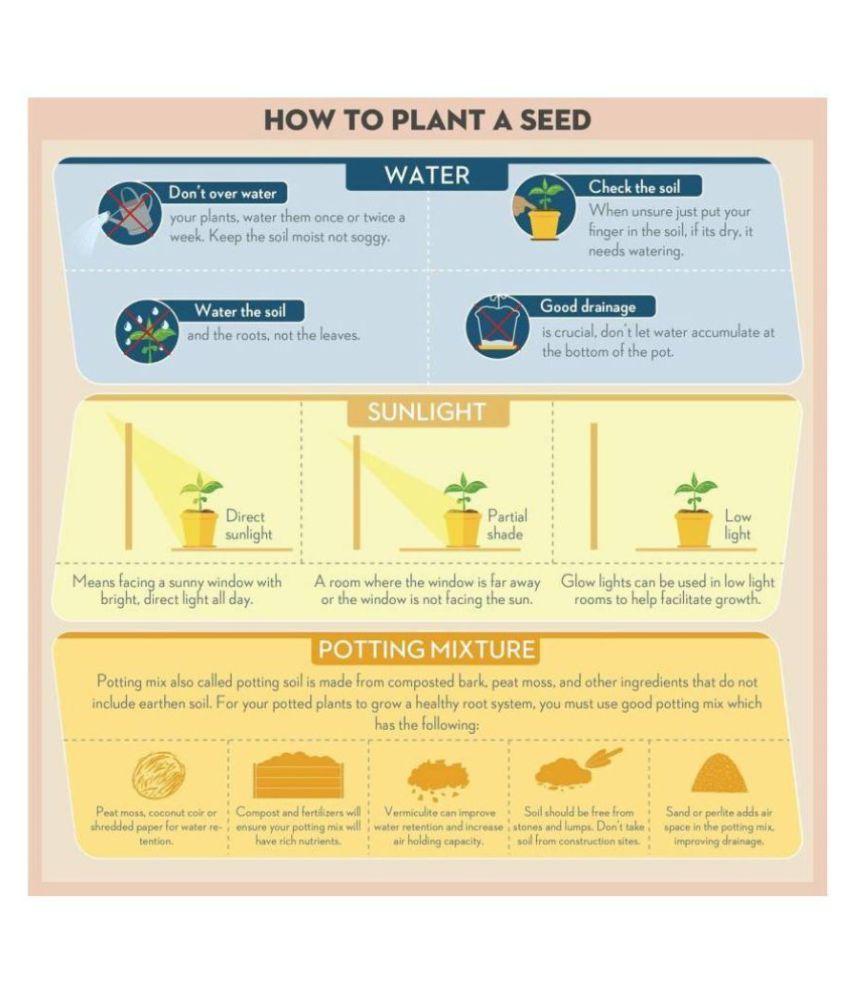


Fruit Seeds Tamarind Tree Seeds Fruit Seeds For Home Garden Organic Bonsai Suitable Fruit Seeds Kitchen Garden Pack Buy Fruit Seeds Tamarind Tree Seeds Fruit Seeds For Home Garden Organic Bonsai Suitable



Rain Falling On Tamarind Trees A Travelogue Of Vietnam By C L Hoang



Mimosa Tree Plant Me Green
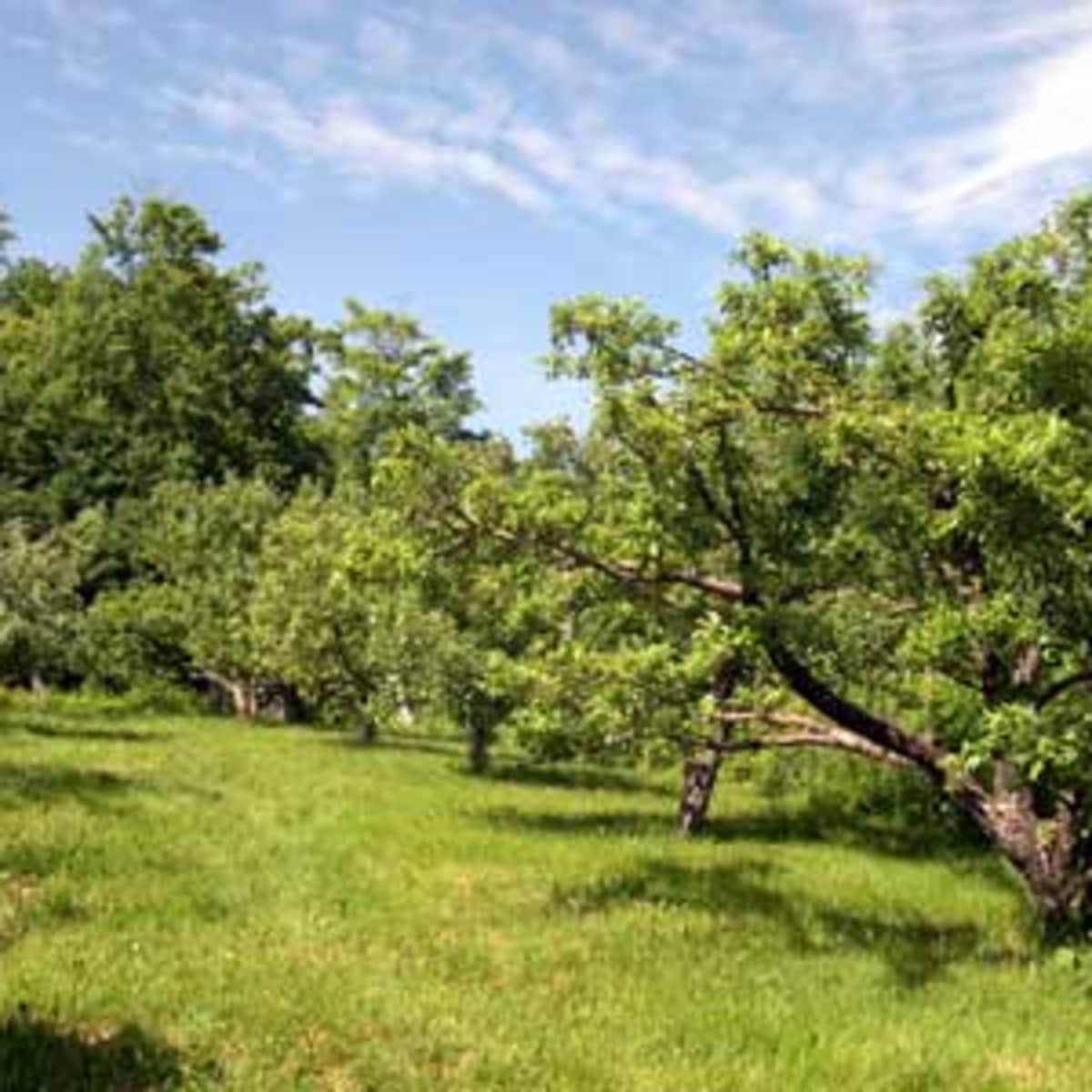


Fruit And Nut Producing Trees For Usda Hardiness Zone 8b Dengarden



Flowering Trees Our Top Picks For May Fastgrowingtrees Com



Tamarind Mini Bonsai Youtube



Look What 7 Straight Days Of Rain Did To My Tamarind After A Month Drought Bonsai


Interactions Between Bromeliads Wild Tamarind Trees
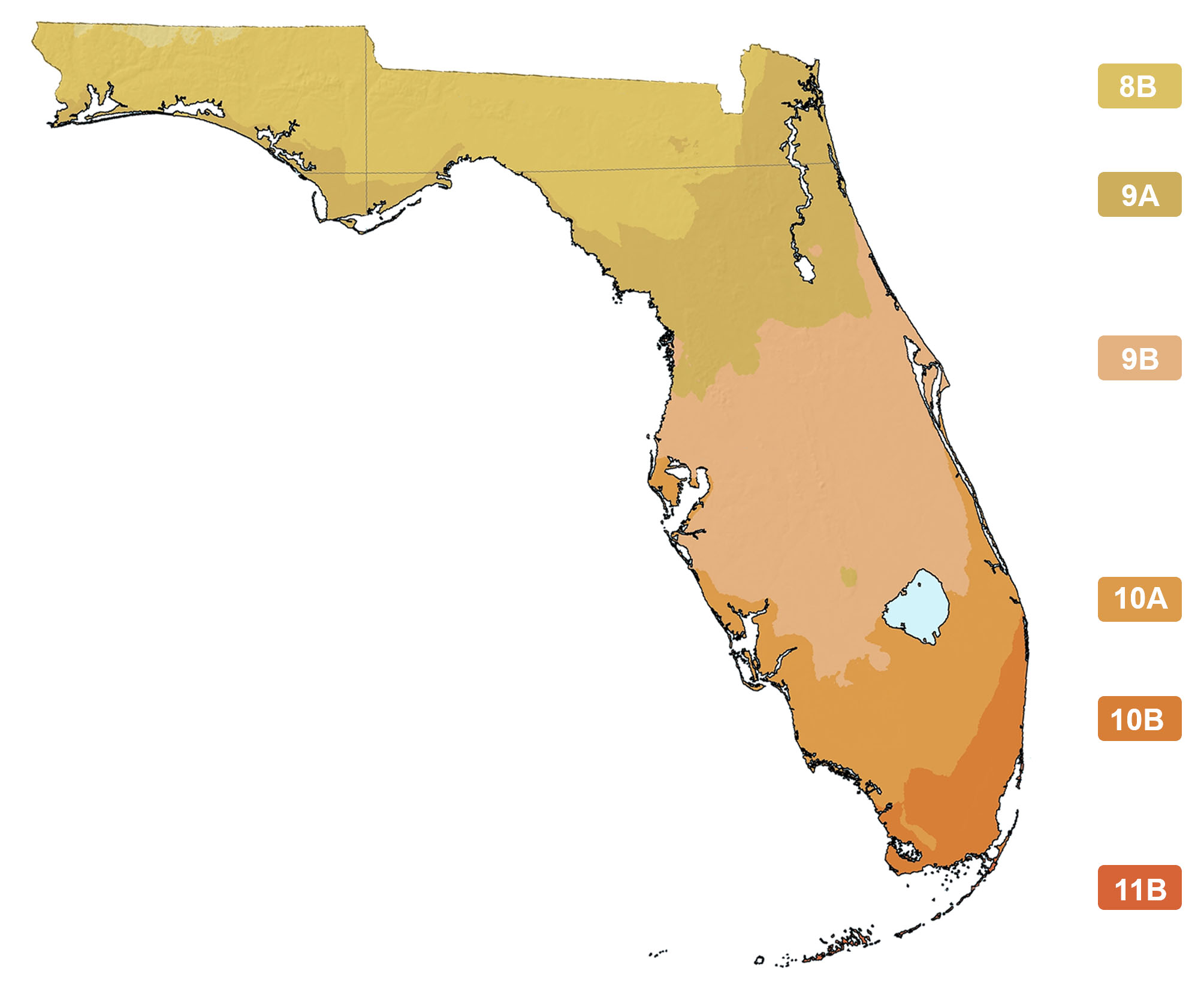


Florida Native Plant Society Fnps



Rainbow Eucalyptus Tree Learn About Rainbow Eucalyptus Growing Conditions



Tamarind Flower Tamarindus Indica



Tamarind Tree Bonsai Lawn And Garden Bonsai Garden Plants



Tamarind Tree Growing Zone Page 1 Line 17qq Com



Plants Flowers Trees Of Vietnam Vietnam Coracle Independent Travel Guides To Vietnam
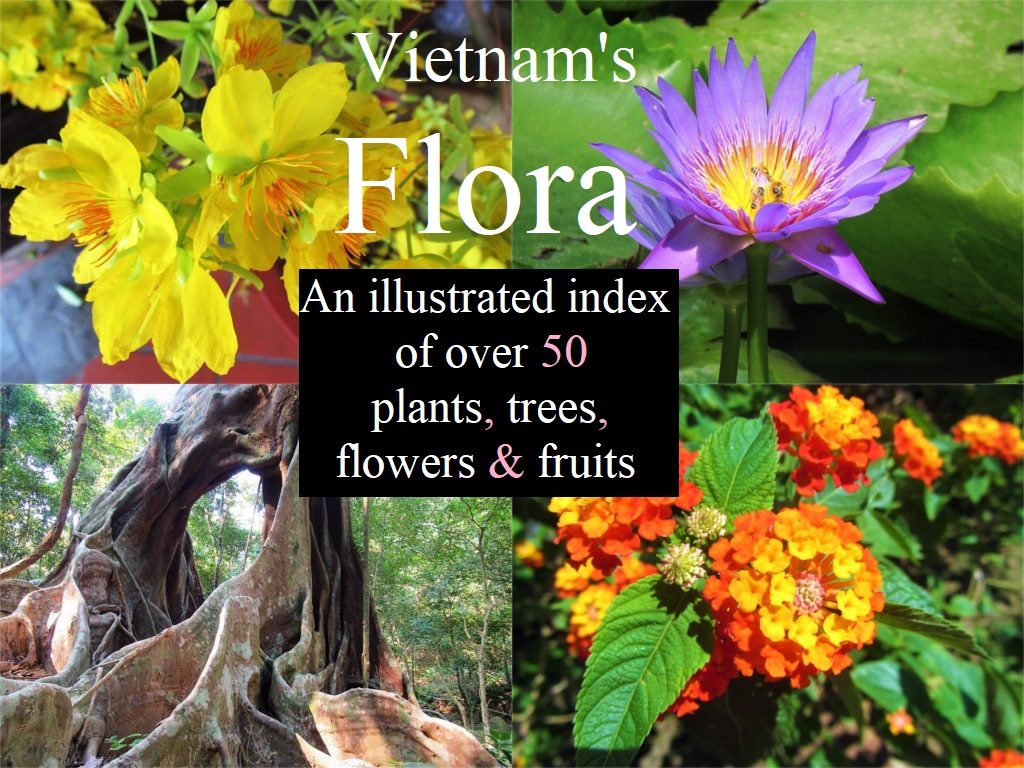


Plants Flowers Trees Of Vietnam Vietnam Coracle Independent Travel Guides To Vietnam



Ch3



Tamarind Fruit Tree Sow Exotic



Ask A Question Forum How To Prune My Tamarind Tree Garden Org



Amazon Com 10 Seeds Tamarindus Indica Tamarind Tree Orchid Like Flowers Container Or Standard Bonsai Gardening Butterflies And Hummingbirds Love Garden Outdoor



How To Grow Tamarind Bonsai From Seeds Lifezshining How To Grow Bonsai Tamarind Plant Bonsai



15 Weird And Wonderful Tropical Fruit Trees For Tropical Homesteads Insteading



Physicochemical Composition Of Tamarindus Indica L Tamarind In The Agro Ecological Zones Of Uganda Okello 18 Food Science Amp Nutrition Wiley Online Library



Characteristics Of Tamarind Tree Tamarindus Indica In The Wild Names Of Trees



Tamarind Fruit Tree Sow Exotic



Tamarind Bonsai Forest From Seeds Complete Guide Youtube



How To Grow Tamarind Tree 100 Successfully Youtube



How To Grow Tamarind From Seed How To Grow Imli Plant Youtube



Sassafras Wikipedia



Plants Flowers Trees Of Vietnam Vietnam Coracle Independent Travel Guides To Vietnam



Tamarind Tree Seeds Tamarindus Indica
:max_bytes(150000):strip_icc()/pouteria-caimito-fruits-645104746-ad316fc0f6aa4f429c47eb7678219436.jpg)


Tropical Fruit Photo Gallery


Tamarind Wikipedia



Plantfiles Pictures Wild Tamarind False Tamarind Lysiloma Latisiliqua By Olddude Front Yard Tree Butterfly Garden



About Us Fastgrowingtrees Com



Tamarind Herbazest



Tamarind Plant Page 1 Line 17qq Com



Australia Berries Bright Diploglottis Campbelli Fruit Native Red Ripe Shiny Small Leaf Tamarind Splitting Fruit Trees Complimentary Medicine Fruit


Tamarindus Indica Tamarind Tree 10 Seeds Buyrareseeds


